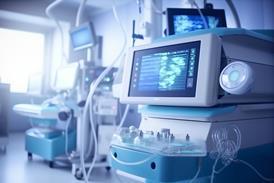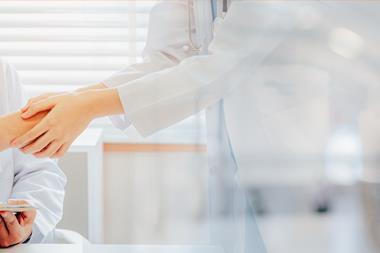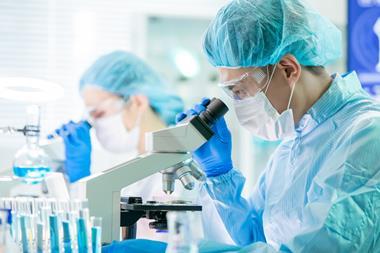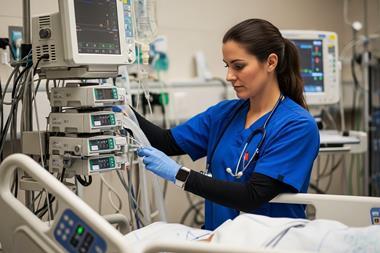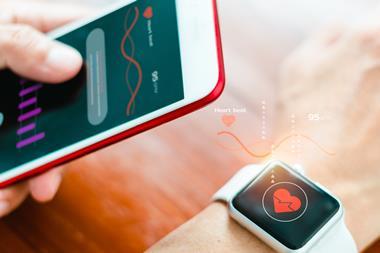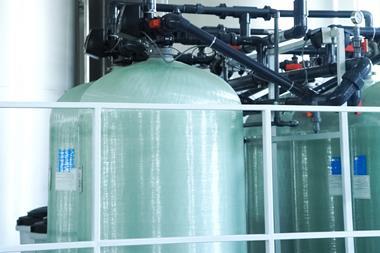The Poly Implant Prothèse (PIP) silicone breast implant failures had a socioeconomic impact at an international level, affecting nearly 400,000 patients in 55 different countries,[1] and resulted in major EU regulatory updates. PIP was a French company founded in 1991 and it produced approximately two million sets of silicone breast implants over a 20-year period.[2] The case emerged in March 2010, when the French Agency for the Safety of Health Products (changed to National Agency for the Safety of Drugs and of Health Products [ANSM] in 2012) announced the withdrawal from the market of silicone breast prostheses produced by PIP, because they were produced with a non-homologated silicone gel, which had not passed the required biocompatibility tests.
An estimated 30,000 women in France alone were fitted with PIP implants of substandard quality. [3],[4] After market withdrawal, an inquiry into fraud and endangerment began in Marseille, and reached the public following the death of a middle-aged PIP implant recipient, who was diagnosed with a rare form of cancer (anaplastic large-cell lymphoma [ALCL]). Consequently, regardless of whether women received the implants for reconstructive or non-reconstructive reasons, the French government decided that all PIP implant recipients were entitled to free removal of the prostheses. The AFSSAPS advised women fitted with the implants to contact their surgeons or hospitals to inquire about device removal. Likewise, cosmetic surgeons were charged with contacting patients who had received PIP implants.[5]
Breast implants are regulated by the Medical Devices Directive (93/42/EEC; MDD), covering the vast majority of medical devices, which became mandatory in June 1984.[6] PIP breast implants received a CE mark in 1991, with conformity assessment activities conducted by the notified body (NB) TÜV. A TÜV press release stated that its auditors were shown conforming silicone samples and corresponding documents during PIP quality system audits. The NB stated that these materials must have been replaced with the substandard materials once the auditors left the premises.[7]
In the early 1980s, concerns started to arise within the scientific community about the safety of breast implants, in particular silicone gel-filled ones[8]. Based on such potential concerns, the US-FDA up-classified breast implants from Class II to Class III devices in 1988. Such action prompted the requirement for manufacturers to submit a premarket approval application (PMA) before marketing the device in the US.[9] In 1992, the FDA began requiring follow-up of all patients receiving breast implants through post-market clinical trials. PIP’s PMA application failed in 2000, based on an FDA inspection of its manufacturing plant (which resulted in a warning letter) and safety data that the FDA determined were insufficient.[10]
In 2008, the European Commission (EC) began considering a revision of the European legal framework for medical devices. The PIP incident had highlighted weaknesses in the legal system, and consequently healthcare professionals, patients and consumers had started to lose confidence in the safety of medical devices. In addition, regulators and other stakeholders identified problems with diverging interpretations of the EU Medical Devices Directives and that it was necessary to strengthen the safety of medical devices in the EU. This resulted in the current Medical Device Regulation (MDR), which replaced the directive.[11] In 2017, the EU 2017/745 MDR was released by the EC. Within the new MDR, member states must:[12] verify the designations of NBs to ensure that they are designated only for the assessment of medical devices and technologies that correspond to their proven expertise and competence; ensure that all NBs, in the context of the conformity assessment, makes full use of the powers given to them under the current legislation, including the powers to conduct unannounced inspections; reinforce market surveillance by national authorities, in particular spot checks in respect of certain types of devices; improve the functioning of the vigilance system for medical devices; and support the development of tools ensuring the traceability of medical devices. as well as their long-term monitoring in terms of safety and performance.
References:
[1] UK Department of Health. Review of the actions of the medicines and healthcare products Regulatory Agency (MHRA) and the Department of Health. 2012. Available at: https://www.gov. uk/government/publications/pip-silicone-breastimplants-review-of-the-actions-of-the-mhra-anddepartment-of-health (accessed 27 June 2019).
[2] Frumento C. French breast implants, the medical device regulation, and a theoretical case study. International Communication in Medicine and Technology 2017;26:39–40.
[3] Jerome P. Un maxi-procces pour les implants low cost de PIP. L’Humanite 17 April 2013. Available at: http://www.humanite.fr/societe/un-maxiprocespour-les-implants-low-cost-de-pip-520449 (accessed 27 June 2019). French
[4] ANSM Report. Situation update: PIP breast implants. April 2013. Available at: https://www. ansm.sante.fr/var/ansm_site/storage/original/ application/ea94f5f3532f4f831d6a923ef553a77e. pdf (accessed 27 June 2019).
[5] . AFSSAPS Report. Etat des lieux des controles operes par les autorites sanitaires sur la societe Poly Implant Prothese. February 2012. Available at: https://www.ladocumentationfrancaise.fr/rapportspublics/124000077-etat-des-lieux-des-controlesoperes-par-les-autorites-sanitaires-sur-la-societe (accessed 27 June 2019). French.
[6] Campbell B. Regulation and safe adoption of new medical devices and procedures. Brit Med Bull 2013;107:5–18.
[7] Donawa M, Gray R. The breast implant scandal and European medical device regulation. GMP Review 2012;11:2–4.
[8] Lahiri A, Waters R. Loco regional silicone spread after high cohesive gel silicone implant rupture. J Plast Reconstr Aesthet Surg 2006;59:885e6.
[9] FDA Statement on breast implant safety 2018. Available at: https://www.fda.gov/news-events/ press-announcements/statement-binita-ashar-mdfdas-center-devices-and-radiological-health-agencyscommitment-studying (accessed 27 June 2019).
[10] FDA warning letter to PIP. Available at: http://www. abc.net.au/cm/lb/3810346/data/fda-warning-letterto-pip-in-2000-data.pdf (accessed 27 June 2019).
[11] Regulatory framework: The new regulation of medical devices. Available at: https://ec.europa. eu/growth/sectors/medical-devices/regulatoryframework_en (accessed 14 June 2019).
[12] New EU rules to ensure safety of medical devices 2017. Available at: http://europa.eu/rapid/press-release_ MEMO-17-848_en.htm (accessed 27 June 2019).













